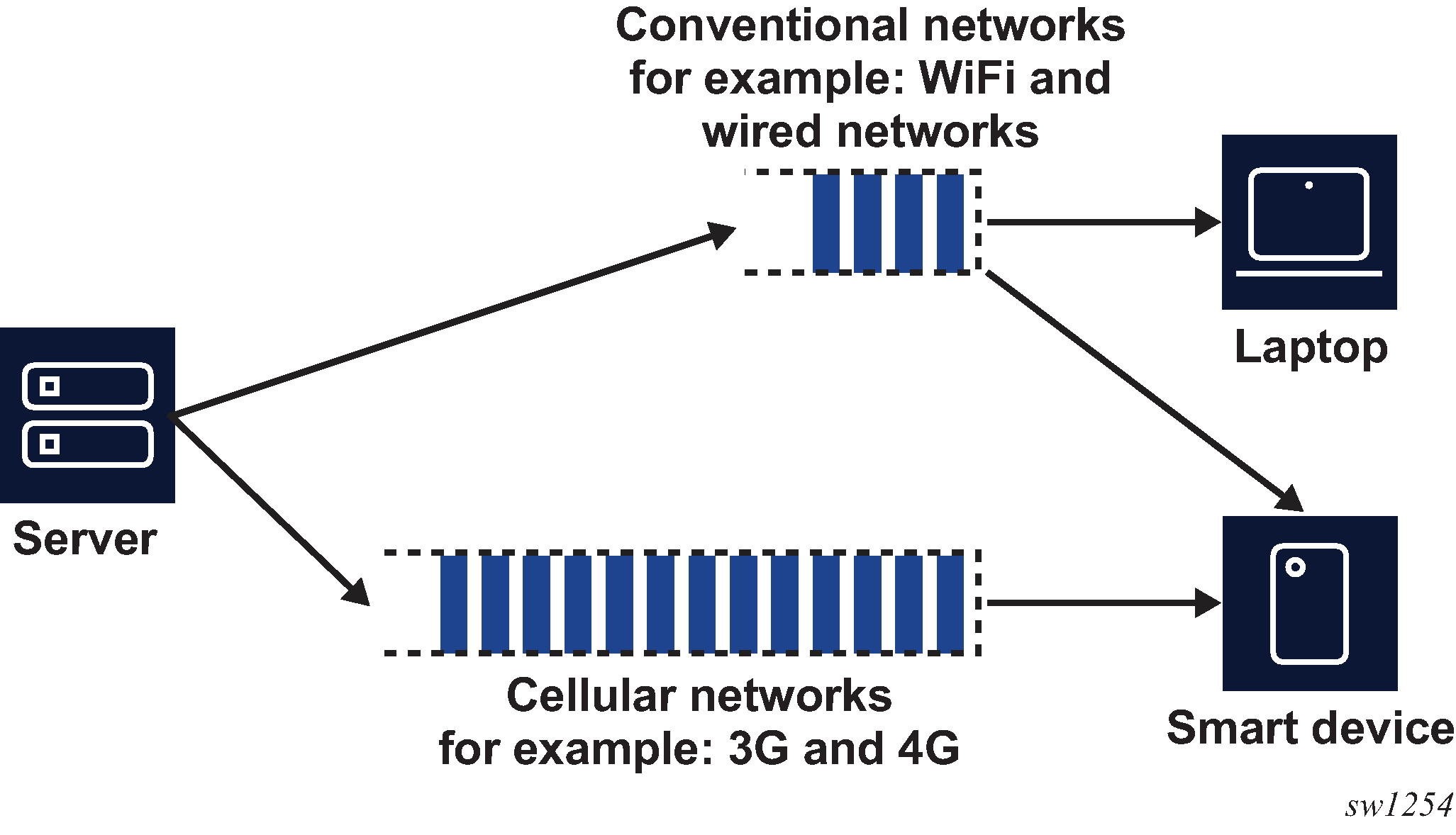Mobile data networks suffer from buffer bloating. Buffer-bloating phenomena works against the TCP congestion control mechanism and results in poor performance. See Figure: Over-buffering in mobile networks.

The two issues that contribute to the bad effect buffer bloating has on TCP performance are:
Standard TCP congestion control mechanism is loss based.
Wireless networks employ over-buffering to compensate for burst traffic and channel changes (soft handover). These large buffers tend to conceal packet loss from the sender.
The preceding two factors result in a TCP sender continuing to increase its sending rate even if it has already exceeded the bottleneck link bandwidth capacity. The extra packets are all absorbed by the buffers and the rest are dropped, adding several seconds to the RTT. Networks that suffer from buffer bloating report fluctuation in RTT over time and large bursts of discards or drops.
There are two possible solutions to solve the problem with buffer bloating, while still maintaining high throughput close to BDP:
Use a dynamic RWIN mechanism at the handsets.
Deploy delay-based or bandwidth-based TCP sender stacks. This deployment overcomes buffer-bloating issues because these TCP congestion mechanisms use RTT or available bandwidth, which is based on RTT measurements, as in TCPW, to adjust the cwnd size.